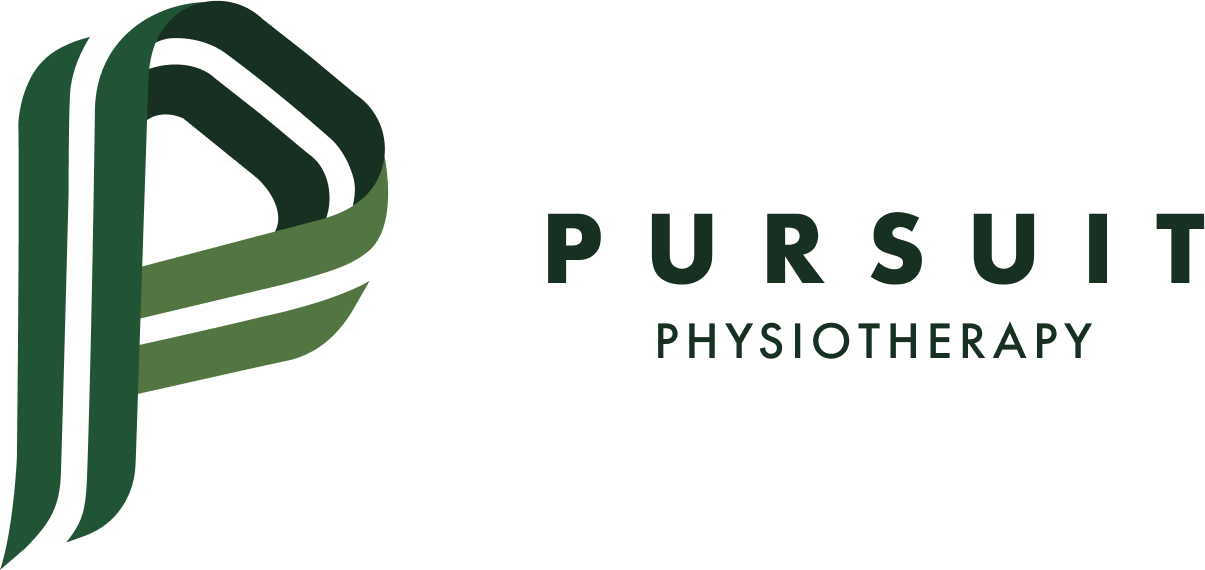How CrossFit is Revolutionizing Modern Physiotherapy Practices
From the moment you enter our clinic, you can sense our fitness-forward approach. Just behind the desk, there are a couple of pieces of cardio equipment: a rowing ergometer and an echo bike, while to the left the gym is in plain view with the treatment rooms all directly facing into the main exercise area. There is no doubt that for some, the equipment is going to feel intimidating. When you are in pain or haven’t had much exposure to exercise in a gym setting, it can be hard to imagine swinging a kettlebell.
Bringing fitness to all
Placing our fitness equipment front and centre is by design. The aim of our clinic is to take you beyond pain. When you leave Pursuit, we want you to be a healthier person than when you came in for your first visit. Once we are able to get your pain down to a manageable place, your physiotherapist will begin to challenge those irritated tissues with exercise. In order to develop a robust and healthy muscle, tendon, or bone, it must be exposed to stretch, compression, or repetitive strain. That is why your physiotherapist will provide you with in-clinic and at-home exercise regimes.
Why Cross-Fit?
As our physiotherapist, Dana Tostenson likes to say, “there are many languages of exercise. Our goal is to find the one that best fits your situation”. Cross Fit has been popularized over the last 20 years due to its “game-ified” approach to traditional Olympic lifting, gymnastics, and cardio-intensive exercises. By giving people specific and quantifiable challenges and goals, Cross Fit has made what would otherwise be a mundane workout more exciting. We think that this concept lends itself very well to rehabilitation. Below we will go through just a couple of ways you may find your physiotherapist at Pursuit Physiotherapy will employ Cross Fit based concepts into your rehabilitation program.
Making Exercise Fun
At some point during your rehab program, your physiotherapist might introduce you to the concept of High-Intensity Interval Training or HIIT. Don’t let the name scare you off, high intensity is relative to your tolerance level- be it cardio, strength, pain, or flexibility. The most popular types of HIIT workouts are EMOMs, TABATA and AMRAP. As we discussed above, these type of workouts are designed to add variation and targets to your routine.
EMOM: Every minute on the minute
Each minute you will move to a new exercise for a specific number of repetitions. Once you have completed the targeted repetitions you can take a break!
TABATA
Tabata is the concept of high activity output over short bursts of time with similar short break times. Most commonly you will see this structured as 20 seconds of exercise (going at whatever pace feels right to you) with 10 seconds of break, repeated for a number of cycles.
AMRAP: As Many Rounds as Possible
Here you will be given a couple of exercises that you will cycle through repeatedly until the specified time runs out. This can often serve as a great way to limit home exercise programs to a specific time cap!
How fit will you let us get you?
The cross-fit community is obsessed with the concept of fitness. In the pursuit of fitness, one must consider a number of domains including diet, sleep, rest times/recovery, exercise routine, and stress levels. We believe that as one improve their fitness they tend to recover from injuries faster, experience less pain, and reduce the likelihood of injury and development of other diseases. It is why as you move through your treatment, we will begin taking a more holistic and proactive approach to your care. For example, while our first goal is to address the back pain you experienced from picking up the trash bag, our secondary goal is to consider what elements of your lifestyle may have contributed to you experiencing the injury in the first place. If you had been fitter/healthier, would this injury have occurred?
Intensity Matters
If we truly want to make a tissue healthier/stronger, we need to sufficiently challenge it. If we do not challenge it sufficiently, our body isn’t encouraged to change. Whether it’s a tendon, a muscle or joint, what gets loaded is what will adapt. In rehab, we gradually increase exposure to load not just based on what the tissue can physically tolerate, but also what the nervous system can perceive as safe. In the early stages, often it is the nervous system we will challenge but as we move along the care plan, the nervous system becomes more resilient and we are able to increase the intensity of exercise to challenge both the nervous system and the surrounding tissues (muscle, tendon, bone, etc).
Exercise as Pain Management
When we are feeling down or sore, exercise sounds like the last thing we would want to do. While the workout can feel uncomfortable in the moment, the rewards that follow extend beyond improvement in fitness. Under strenuous activity, your body releases chemicals (such as endorphins) that lead to pain reduction and mood enhancement. Clinically, we often hear from patients that they feel great after a workout; less achy and generally more upbeat. The next time you are feeling down, consider that as an indication it is time to get moving!
Conclusions
Don’t be intimidated when you hear your physio talk about EMOMS or when they pull out the barbell. While CrossFit can be intense, your physio will make sure to tailor the program to your goals and fitness level. Beyond ensuring your safety, we strive to make your rehab program fun. Like any other habit, if your program isn’t approachable or enjoyable, you likely won’t adhere to it.



